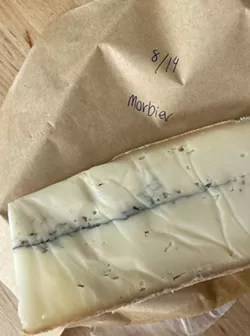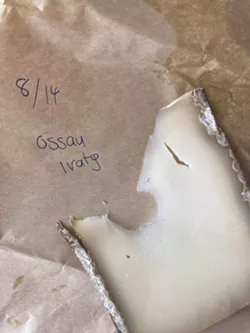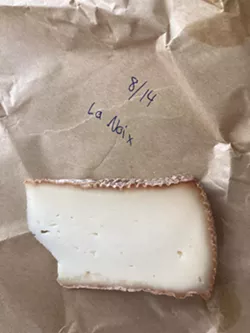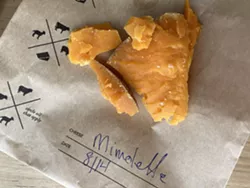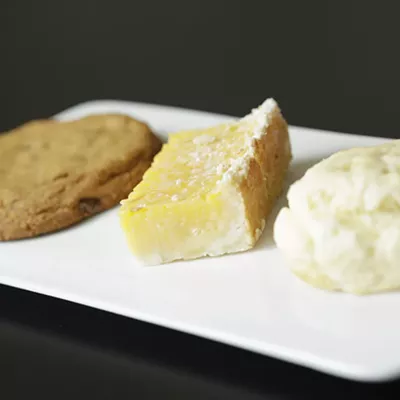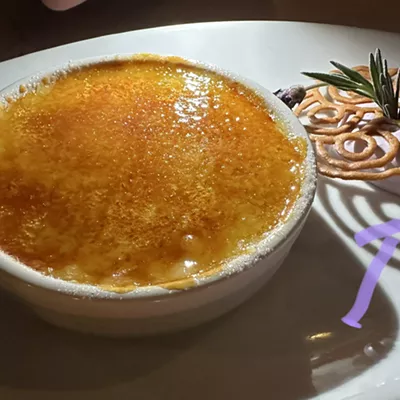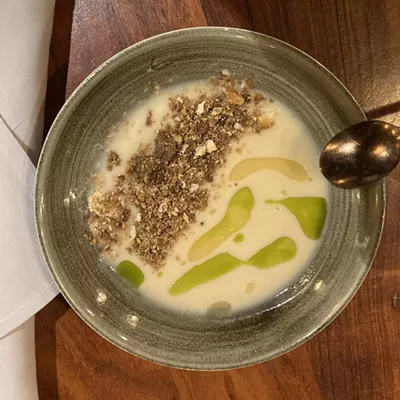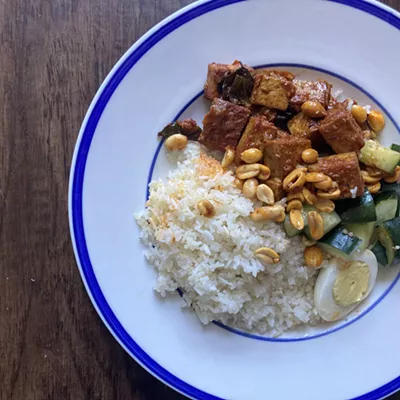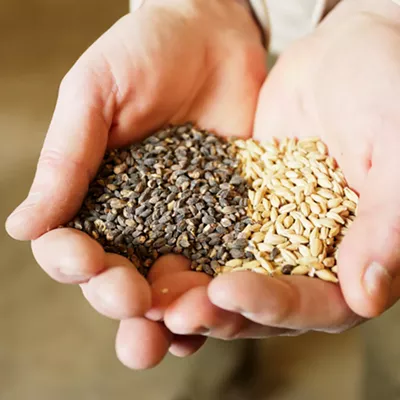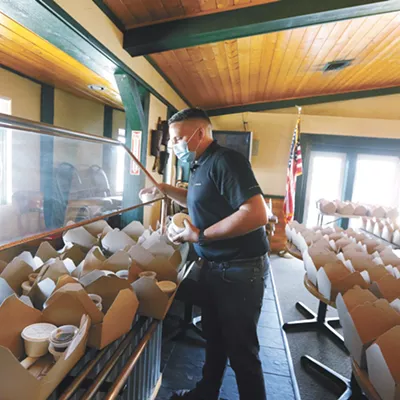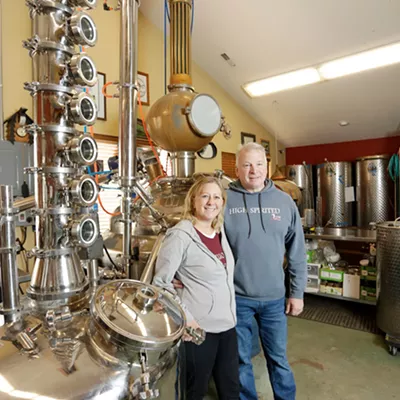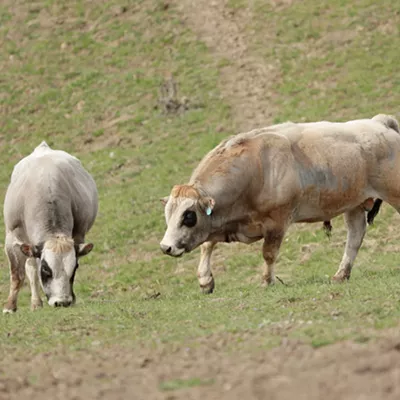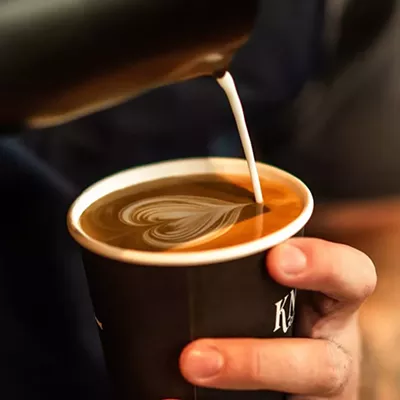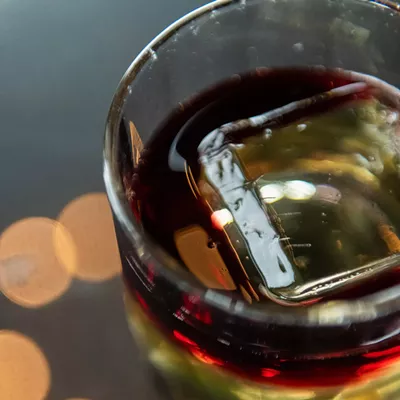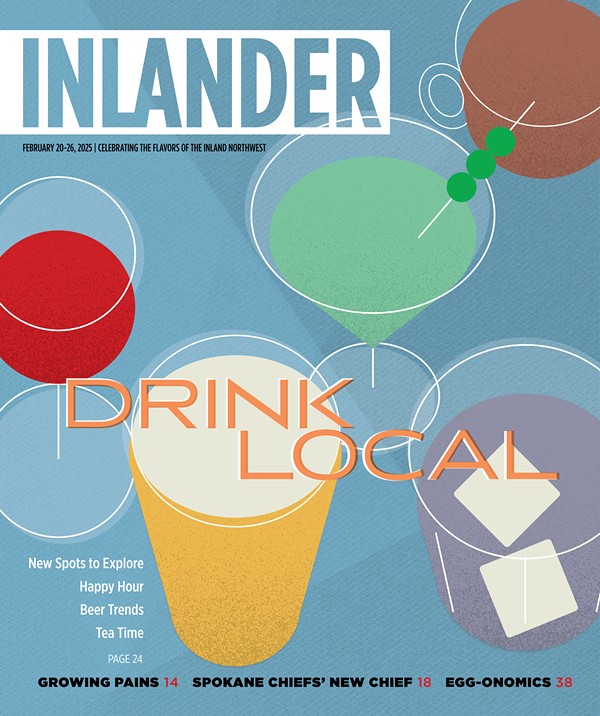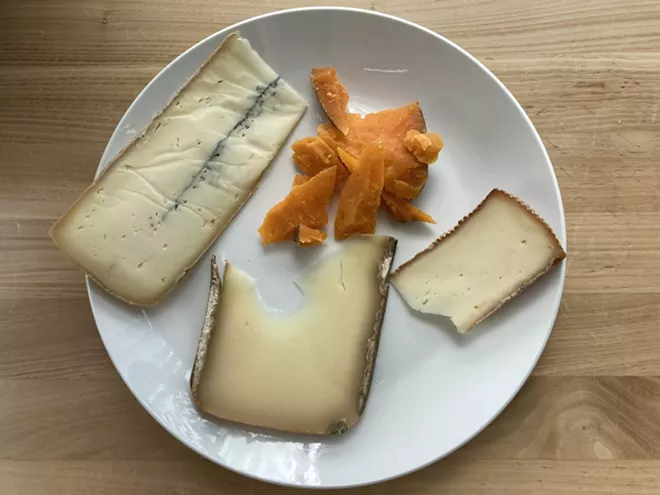
This is an installment of the Inlander's yearlong project "Around the World in 80 Plates," a quest to find 80 foods and drinks in the Spokane area representing 80 different places. Read the introduction to the project here.
Count of dishes/places: 53
OWS. Olympic Withdrawal Syndrome. It may not be an official medical condition, but it's definitely ravaging the country right now.
If you find yourself binging late night interviews with Ilona Maher and Stephen Nedoroscik, or searching the depths of social media for more drama with Raygun, it's probably got its hooks in you, too.
The best news is that the 2024 Summer Paralympics kick off in Paris on Aug. 28. That means the world gets another week-and-a-half of nail-biting, tug-at-your-heartstrings competition.
It also means Spokane gets to watch six of its own athletes compete in the Paris games — Hannah Dederick, Susannah Scaroni and Lauren Fields as wheelchair racers, Lindi Marcusen and Taylor Swanson as sprinters, and Jaleen Roberts as a sprinter and long jumper. If that's not a cure for OWS, then nothing is.
But the second best news is that, to tide us over until then, Around the World is taking you on a trip through France. Between these thrilling weeks in Paris, take a tour of the French countryside through specialty cheeses stocked at Wanderlust Delicato, a cheese and wine shop on Main Avenue in downtown Spokane.
Grab your warm-up suit with the stretchiest pants, cue John Williams, and tuck in for a whirlwind salute to some medal-worthy fromage.
RUNNER UP: MORBIER FROM FRANCHE-COMTÉ
Morbier (pronounced more-bee-AY) is the name of a small village in eastern France and the cheese invented there.
(To the delight of this project, many French cheeses are named for the town or region they're from.)
The Franche-Comté region borders Switzerland. It's forested, mountainous, and sparsely populated, though plenty of dairy cows graze the lowlands. The region is actually most famous for Comté cheese.
Morbier is a commune in the Jura mountains that still has less than 2,500 inhabitants. Morbier cheese is its own style of cheese, developed at the end of the 18th century by rural farmers who couldn't always get their milk to the village center in time to make Comté.
You can immediately distinguish Morbier by the gray streak running through its middle. Traditionally, that gray streak was a layer of vegetable ash, Wanderlust owner and cheesemonger Amber Park says.
The story goes that dairy farmers would put their extra curds together and cover them with ashes from the day's cooking waste. That layer of ash would protect the curds until the next morning, when farmers would add fresh fat over top and press the entire thing into cheese.
Morbier cheese is no longer made with discarded kitchen waste, Park assures me. The internet says the gray streak is usually a clean vegetal charcoal.
Whatever it is, the nod to tradition doesn't add to or detract from the flavor, which is funkier than I expected from a rather mild-smelling cheese. It's made from unpasteurized cow's milk and tastes like you should be able to smell it from at least a few feet away.
A short aging period — only 45 days or so — means Morbier has a creamier texture than most semi- hard cheeses. It will melt a bit if spread on warm toast, which is exactly what cheese should do, in my humble opinion.
Ultimately, the story and tradition are compelling, the presentation is excellent, and the taste is a nice surprise. But with such fierce competition, Morbier is just shy of the podium for me.
BRONZE: OSSAU IRATY FROM THE BASQUE COUNTRY AND BÉARN
Take a whiff of this, Park says as she hands me a piece of Ossau Iraty across the counter.
"Doesn't it smell like something died?" she asks.
Ooof. That's exactly what I would expect the inside of an Olympic marathoner's sneaker to smell like.
"Why are the French so known for smelly cheese?" I ask.
"Have you ever been to France?" Park whispers as she leans in. "No one wears deodorant. Everyone's got BO!"
Whether that has anything to do with cheese or not, it sure makes me thankful the Olympics don't air in Smell-o-Vision.
But if we learned anything from Morbier, it's to not judge a cheese by its smelly rind. Even though Ossau Iraty smells like a locker room, its tender inside is mild and nutty. It immediately reminds me of Manchego, a Spanish sheep milk cheese.
Turns out, Ossau Iraty is a raw sheep cheese from the French Pyrenees, the westernmost part of France that shares a border with Spain. Sounds like a good opportunity for some international sharing/spying?
No matter what, this cheese definitely gets top marks from me. It's nailed the stereotypical stink but delivered a flavor that's winning for everyone. The only thing that could make it better is pairing it with some alcohol. Which brings us to...
SILVER: LA NOIX D'ARGENTAL FROM DORDOGNE
"La Noix" means "nut" in French. This cheese is definitely dairy — it's a Tomme Des Croquants cheese made from pasteurized cow's milk — but it's washed three times in walnut liqueur during the aging process.
This specialty cheese is usually made in southern France with walnut liqueur from a nearby distillery.
The rind is ridged, dark brown, edible, and completely delicious. The nut liqueur brings an extra depth to the aged cheese, with deep butterscotch notes that lean darker — even as dark as coffee.
It's creamy and toasty. It's soft enough to melt on warm bread. I'd slather it on a fresh baked baguette any day. Slap some jam on there and I'd run, bike, or swim to wherever I can find it.
Let's not forget, silver medals are freakin' impressive. This is my Yusuf Dikec of cheeses, which is one of the highest compliments I know how to give.
GOLD: MIMOLETTE FROM AUVERGNE
"This must be why people think the moon is made of cheese," Park says, as she holds up something that looks more like a fossilized cantaloupe.
The rind is a green-gray-beige with plenty of pockmarks that make it look like volcanic rock. But inside is a shocking orange, deeper than the ripest cantaloupe, that flakes and cracks as the double-handled knife splits the orb in half.
The Ultimate Cheese Lover's Handbook says Mimolette originated in the mountainous region of central France. But now it's all over Paris, Park says, who would snag bags of it for her family to snack on while touring the city. It's satisfyingly rich and savory, but with a hint of caramel that keeps you reaching for one more piece.
The magic of Mimolette goes even further than its taste and appearance. While most cheesemakers dread cheese mites — microscopic organisms that can get into cheese and make it inedible — Mimolette instead relies on a controlled portion of mites to speed up its aging process and build its complex flavor profile.
The mites are harmless to people, plus they're long gone before the cheese hits the shelves. It's this special relationship, one that celebrates collaboration over competition, that earns Mimolette the gold from me.
[Insert orchestra swelling here]
"Allons enfant de la patrie,
Le jour de gloire est arrivé!"
Well, in our tour of French cheeses, we knew the gold was going to France. But belt out the anthem anyway, since I know I've heard somewhere that it keeps OWS at bay.
As we come to the end of our snacking tour, I hope you're HYPED for the Paralympics and even more unforgettable sports moments. Until then, take care of yourself, and vive le fromage! ♦
Have an idea for what I should eat next? Wanna make me a traditional dish from your hometown or suggest a hidden treat from a different area of the world? Send 80 Plates tips and ideas to elizab@inlander.com.

